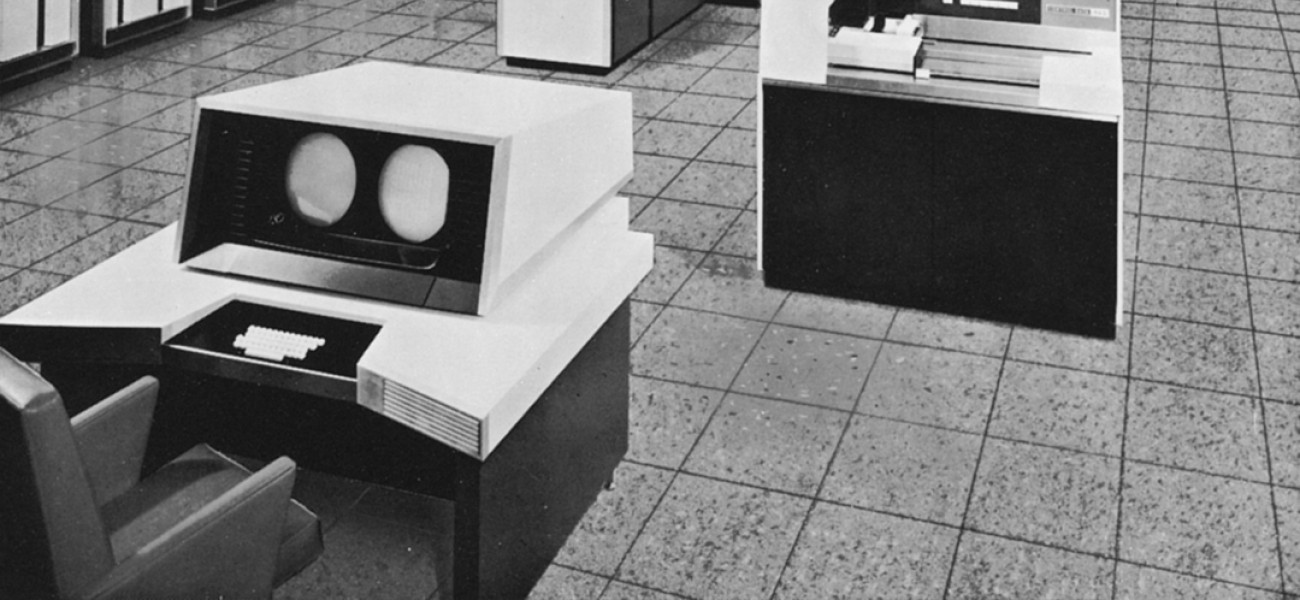
NERSC has come a long way since its founding in 1974 with a single CDC 6600 system.
Since its founding in 1974, the Department of Energy’s (DOE) National Energy Research Scientific Computing Center (NERSC) has surpassed many milestones: four different names, three locations, five directors, 31 systems, six Nobel Prizes, 10,000 users worldwide, and countless papers published. In 2024, it will celebrate the latest milestone: 50 years of service to the global science community.
Since its founding in 1974 at Lawrence Livermore National Laboratory, NERSC has become the primary high-performance computing facility for scientific research sponsored by the DOE's Office of Science. Since 2015 NERSC has been housed in Shyh Wang Hall at Lawrence Berkeley National Laboratory (Berkeley Lab), serving users researching problems in energy, climate modeling, environmental studies, materials science, astrophysics, chemistry, genomics, and more.
“I feel honored to be Director of NERSC as we celebrate our 50th anniversary,” said NERSC Director Sudip Dosanjh. “NERSC has had a significant impact on science. Our users – more than 10,000 now – have published numerous papers and won many awards including Nobel Prizes. We have architected and deployed very innovative supercomputers with our industry partners. NERSC is continually evolving and the next 50 years will likely see great changes.”
Some of those changes will involve yet further expansion of NERSC’s capabilities and applications, embracing new technologies and areas of work. “Simulation and modeling is a key part of our workload,” said Dosanjh. “However, our mission space is expanding with the growth of complex workflows that involve data analysis from experimental and observational science and increased focus on AI. We now support several dozen experiments, and the use of AI software has increased by a factor of ten over the last few years. The software stack is becoming more complex, and we are likely to see technology changes such as the adoption of quantum computing as we reach the end of Moore’s Law.”
In addition to the world-leading technology at NERSC, Dosanjh says the heart of the center has always been its staff – their vision, skill, and hard work. “We have an amazing facility, but ultimately, NERSC is about the people who work here. We have very talented staff who are dedicated to the mission of Berkeley Lab and the DOE Office of Science.”
To celebrate this golden anniversary, NERSC is hosting events for staff, users, and others throughout the year, culminating in the NERSC User Group annual meeting taking place October 22–24 onsite at Berkeley Lab. Get ready to connect, learn, and commemorate with NERSC users and staff—expect celebrations, awards, a NERSC visualization art contest, and more.
There are more events yet to come; watch this space and keep an eye on NERSC’s LinkedIn and Facebook pages for announcements and details as well as remembrances, interviews with current NERSC users and staff, and deep dives into NERSC’s most groundbreaking work.
About NERSC and Berkeley Lab
The National Energy Research Scientific Computing Center (NERSC) is the mission computing facility for the U.S. Department of Energy Office of Science, the nation’s single largest supporter of basic research in the physical sciences.
Located at Lawrence Berkeley National Laboratory (Berkeley Lab), NERSC serves 11,000 scientists at national laboratories and universities researching a wide range of problems in climate, fusion energy, materials sciences, physics, chemistry, computational biology, and other disciplines. An average of 2,000 peer-reviewed science results a year rely on NERSC resources and expertise, which has also supported the work of seven Nobel Prize-winning scientists and teams.
NERSC is a U.S. Department of Energy Office of Science User Facility.
Media contact: Email our communications team ⟶